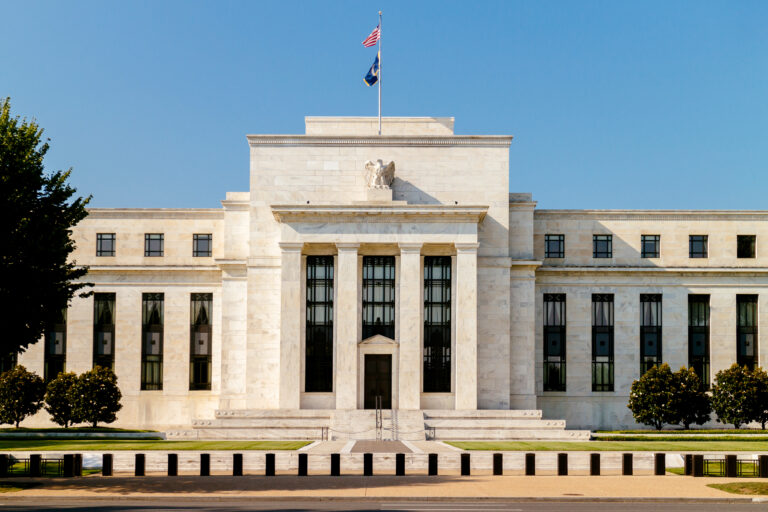
Redefining Cash: The Threat of Negative Yield on Corporate Treasury Management
Abstract
Treasury rates may remain at zero or negative levels for a prolonged period and additional banks may begin to charge “extraordinary deposits” fees, pushing depositors back into the money markets. It just may be a matter of time before many, if not most, treasurers are confronted with negative portfolio yield. Private and public sector deleveraging, a languishing economy, the Eurozone debt crisis and the Federal Reserve’s recent decision on short-term rates have combined to create this challenging environment. Cash investment objectives may shift from safety, liquidity and reasonable “returns” to safety, liquidity and reasonable “costs.” Diversifying holdings among different cash instruments may not increase yield, but it may be a good risk management practice, nonetheless.
Introduction
As the summer of 2011 nears an end, we find ourselves in an era where money under the mattress really might be better than money in the bank! As the Federal Reserve extends its zero interest rate policy into the foreseeable future and the Eurozone sovereign debt crisis shows no signs of abating, the treasury investment management profession also is entering a new and challenging phase. Corporate treasurers must face the prospect of a negative yield environment in which they may have to pay out real dollars for the privilege of sitting on big piles of cash rather than generating investment returns with those assets. How did we get here; what is the likely impact of negative yield on the corporate cash investor; and how do we respond to the challenges of this extraordinary environment? The events of recent weeks, which created much market volatility and anxiety, have left us with no clear answers to these questions. We are forced to rethink the very definition of cash and how to preserve our principal investments and liquidity.
Negative Yield Invades Cash Accounts
On August 2, 2011, Bank of New York Mellon began telling its largest clients that it would be charging an “extraordinary deposits” fee on balances which exceeded their usual average balances as of June 2011. In its announcement, the bank explained that the step was necessary to discourage “transient” new deposits and to cover costs from regulatory ratios and deposit insurance. This unusual move marked a paradigm shift in the very concept of “cash,” since paying a bank to hold non-interest paying deposits overturns the basic finance theory of the time value of money.
In recent weeks, the FDIC’s new deposit insurance requirements on bank assets and spreading concerns over the Eurozone sovereign debt crisis caused the yield on short-maturity Treasury securities to oscillate between near-zero and negative levels. At its August 9th FOMC meeting, the Federal Reserve decided to keep in place the current Fed funds target rate of zero to 0.25% for two more years. This decision quickly pushed zero-yielding securities out to the six-month part of the yield curve. As a result, when transaction costs are included, the net yield on short-term Treasury securities is negative for many investors.
DOWNLOAD FULL REPORT
Our research is for personal, non-commercial use only. You may not copy, distribute or modify content contained on this Website without prior written authorization from Capital Advisors Group. By viewing this Website and/or downloading its content, you agree to the Terms of Use.
Please click here for disclosure information: Our research is for personal, non-commercial use only. You may not copy, distribute or modify content contained on this Website without prior written authorization from Capital Advisors Group. By viewing this Website and/or downloading its content, you agree to the Terms of Use & Privacy Policy.


